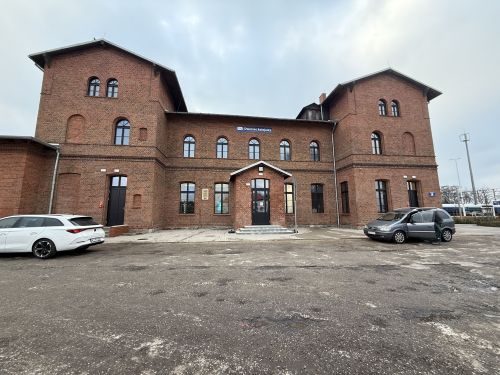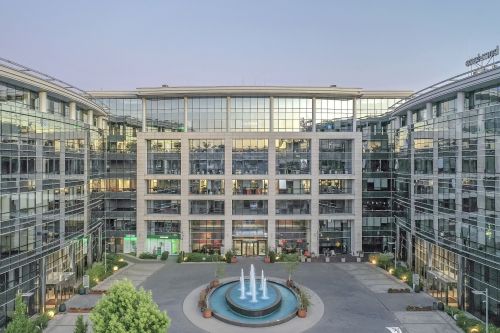The invasion of Ukraine came at an already uneasy time for the world’s stock exchanges. In fact, the only piece of good news at the beginning of 2022 was (according to investors) the diminished Covid-19 risk. After two years of the pandemic, this factor was clearly losing its significance anyway in the face of rising inflation and the global trend for increased interest rates – and it faded even further, when on February 24th, Russia decided to launch a war. Although the initial reaction was that of panic (the WIG-20 fell by 11 pct), a month later such losses could be said to have been recouped, while for trading floors in Western Europe and the US, the losses were single-digit. The war has raised the price of commodities and is undoubtedly going to exacerbate inflationary pressures, especially in countries such as Poland, where it has weakened local currencies. At the end of March, it was hard to say how the war would eventually play out in terms of economic growth, becaus






























































